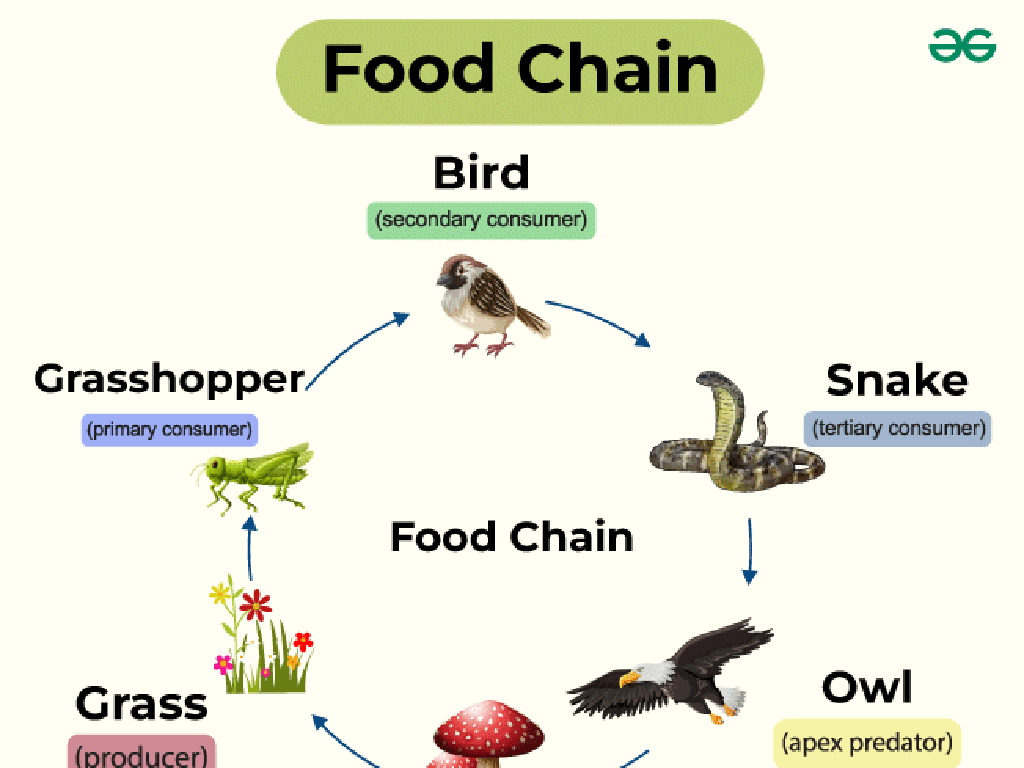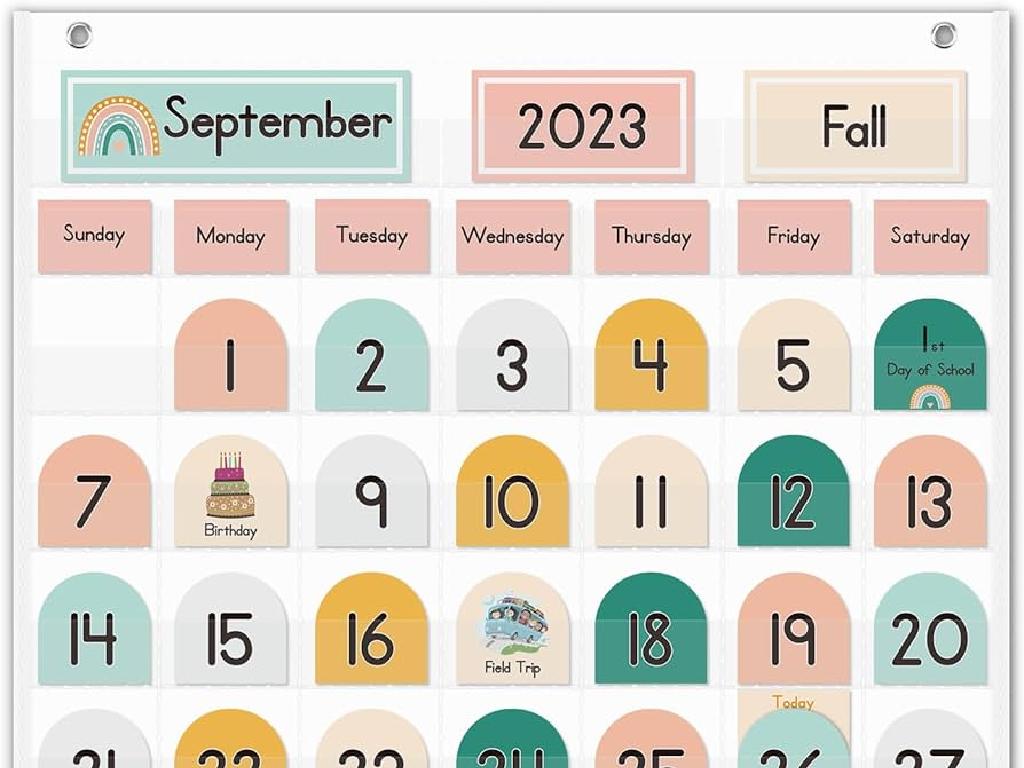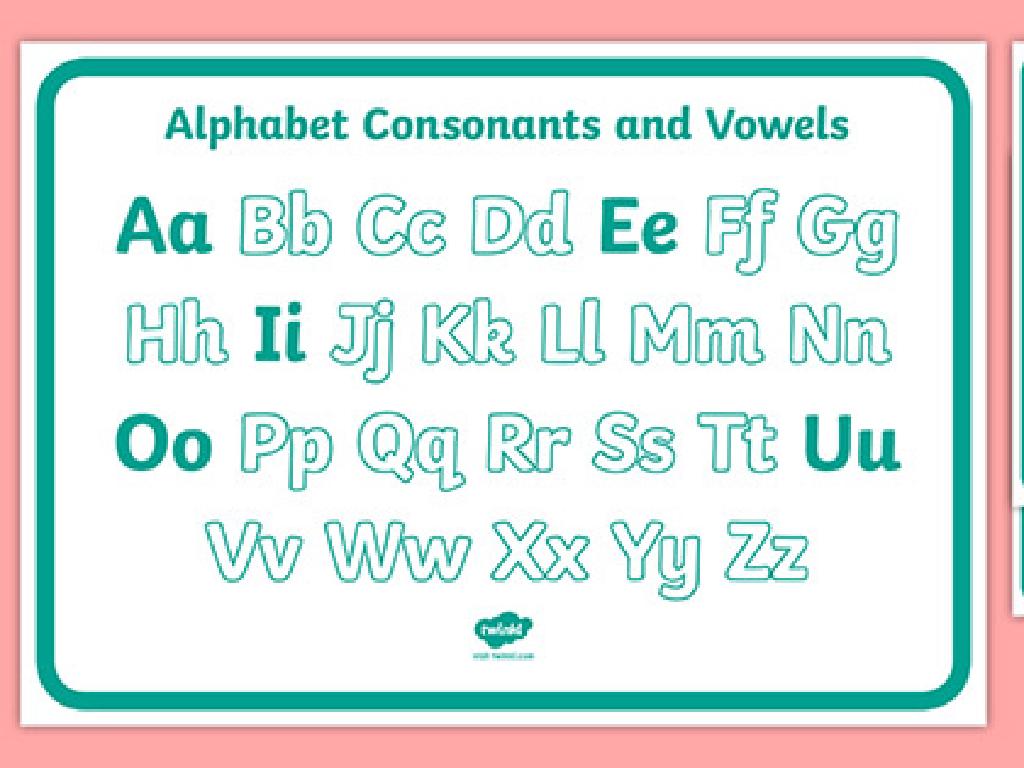Positive And Negative Connotation
Subject: Language arts
Grade: Fourth grade
Topic: Shades Of Meaning
Please LOG IN to download the presentation. Access is available to registered users only.
View More Content
Today’s Adventure: Positive & Negative Connotation
– Discover ‘shades’ of meaning
– Words can have different ‘shades’ or feelings attached to them
– Connotation vs. Denotation
– Denotation is the dictionary definition, connotation is the feeling or idea a word suggests
– Positive vs. Negative words
– ‘Thin’ vs. ‘Skinny’ – ‘Thin’ is neutral, ‘Skinny’ can imply too thin or negative
– Choosing the right ‘shade’
– We pick words that match our message’s tone. Want to sound kind? Use words with a positive connotation!
|
This slide introduces the concept of connotation, which is crucial for understanding how word choice affects communication. Explain that while denotation is the literal meaning of a word, connotation is the emotional or cultural meaning attached to it. Provide examples of words with similar denotations but different connotations to illustrate positive and negative ‘shades’ of meaning. Encourage students to think about the impact of their word choices and how to select words that convey the right tone for their intended message. Activities can include identifying connotations in sentences and rewriting them with a different ‘shade’ of meaning.
Understanding Connotations in Words
– Connotation: Beyond basic meaning
– Connotation adds an emotional or cultural meaning to the word.
– Words evoke feelings or ideas
– Words can suggest something more than their dictionary definition.
– Positive, neutral, or negative tones
– Words can sound positive (praise), neutral (fact), or negative (criticism).
– ‘Childlike’ vs. ‘Youthful’ vs. ‘Immature’
– Compare: ‘Childlike’ (innocent), ‘Youthful’ (energetic), ‘Immature’ (irresponsible).
|
This slide introduces the concept of connotation, which is crucial for understanding the emotional and cultural context of words. Explain that connotation is the feeling or idea that a word suggests, in addition to its literal or primary meaning. Provide examples to illustrate how the same idea can be expressed with different connotations, affecting the message’s tone. Use ‘childlike,’ ‘youthful,’ and ‘immature’ to show positive, neutral, and negative connotations, respectively. Encourage students to think of other examples and discuss how word choice can change the perception of a message.
Positive Connotation in Language
– Positive connotation feels good
– Words that give us a pleasant feeling
– Example: ‘delightful’ scent of a rose
– ‘Delightful’ makes us think of something very pleasant
– Activity: Positive twist on ‘talkative’
– Think of a word for ‘talkative’ that sounds nice and friendly
|
This slide introduces the concept of positive connotation, which is the positive feeling or association that a word evokes, as opposed to its basic meaning or definition. Use the example provided to illustrate how the word ‘delightful’ adds a positive spin to the description of a rose’s scent. For the activity, guide students to think of words that have a positive connotation to replace ‘talkative’, such as ‘chatty’ or ‘communicative’. This will help them understand that word choice can influence the tone and feeling of a sentence. Encourage creativity and have a few students share their words and explain why they chose them.
Understanding Negative Connotation
– Negative connotation feels unpleasant
– Words can suggest something bad or unwanted
– Example: ‘stench’ vs. ‘aroma’
– ‘Stench’ implies a bad smell, unlike ‘aroma’ which is pleasant
– Activity: Negative for ‘confident’
– Think of a word that shows too much confidence, like ‘arrogant’
|
This slide introduces the concept of negative connotation, which is when words carry a negative feeling or association. Use the example of ‘stench’ versus ‘aroma’ to illustrate how similar meanings can have different emotional impacts. For the activity, guide students to think of words that could negatively describe someone with too much confidence, such as ‘arrogant’ or ‘boastful.’ This will help them understand that word choice can affect the tone and implication of a sentence. Encourage students to discuss why certain words might have a negative connotation and how they can impact the reader’s perception.
Shades of Meaning in Action
– Words have ‘shades’ of meaning
– Like colors, words can be ‘lighter’ or ‘darker’ in meaning
– Right word changes sentence tone
– ‘Whisper’ sounds gentler than ‘yell’, even though both mean to communicate
– Practice rewriting for connotation
– We’ll try using words with different ‘shades’ to see how it affects the message
– Positive vs. Negative connotation
– ‘Slim’ has a positive connotation, while ‘skinny’ can seem negative
|
This slide introduces the concept of connotation and how word choice affects the tone of a sentence. Explain that words with similar meanings can have positive or negative connotations, which can change how a message is received. Use examples to illustrate how ‘shades’ of meaning work. For the class activity, provide sentences and have students rewrite them using synonyms with different connotations. Discuss as a class how the tone changes with different words. This will help students understand the importance of word choice in writing and speaking.
Class Activity: Connotation Creation
– Create a ‘Connotation Garden’
– Choose a word for your ‘flower’
– Decide on a positive or negative connotation
– Share the reason for your choice
– Explain why the word feels positive or negative to you
|
This activity is designed to help students understand the concept of connotation by associating words with emotions and feelings. For the ‘Connotation Garden’, students will pick a word and decide if it has a positive or negative connotation to them. They will then create a ‘flower’ on the board around the word, using colors or designs that reflect the connotation they’ve chosen. Encourage creativity and individual expression. Possible words could be ‘giggle’, ‘yell’, ‘sparkle’, or ‘slam’. After creating their flowers, each student will share why they chose that particular connotation, promoting discussion and deeper understanding of how word choice affects meaning.
Conclusion & Reflection: The Power of Connotation
– Importance of understanding connotation
Connotation adds layers of meaning to words beyond the dictionary definition.
– Connotation’s impact on communication
The emotional charge of words can influence people’s reactions and perceptions.
– Homework: Craft a short story
Use words with positive and negative connotations to show their effect.
– Reflect on word choices
Think about how different words make your story feel.
|
Understanding connotation is crucial because it shapes the emotional response of the reader or listener and can alter the message’s impact. It’s important for students to recognize how word choice can affect their communication, potentially leading to misunderstandings or a stronger connection with the audience. For homework, students will write a short story using words with both positive and negative connotations to practice this skill. Encourage them to reflect on how their word choices change the tone of their story and to share their thoughts during the next class. This exercise will help them become more mindful communicators.






